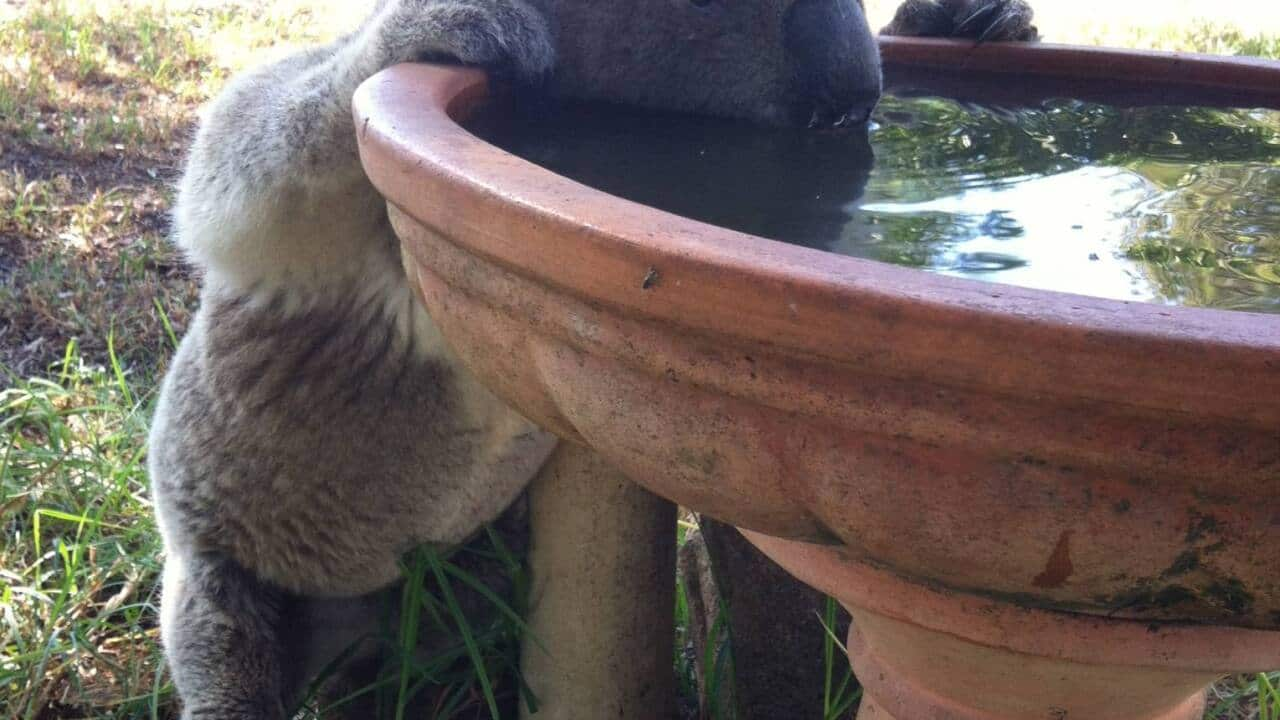When a group of University of Utah biologists laid out the seven calf carcasses in the Grassy Mountains, west of Salt Lake City, they never intended to study badgers.
Instead, the team were hoping to document the behaviour of other local scavengers, including vultures. But when doctoral candidate Evan Buechley went out to check on the carcasses after a week, he found an entire one had gone missing.
“When I first got there I was bummed because it’s hard to get these carcasses, to haul them out and set them up,” . “I thought, ‘Oh, well we’ve lost one after a week.’”
After searching the area, Mr Buechley noticed the earth beneath where the carcass had been laid was disturbed, which prompted him to consult the 'camera trap' the scientists had set up by the dead calf.
Footage from the camera trap records revealed that, rather than a mountain lion having dragged the carcass away, as had first been assumed, an American badger had spent five days digging a hole in which it eventually buried its prize.
While badgers have been known to cache food stores, including rabbits, this is the first evidence of a badger burying an animal larger than itself, in this instance, around three times its size, where the average male badger has a weight of 9 kilograms.
In this way, the scientists said, the badgers were able to protect their haul from other scavengers with the benefits tantamount to refrigeration, allowing the badgers to eat the catch over a longer period of time, and potentially helping to regulate disease.
"Actually putting something underground, is kind of the equivalent of us putting something in the refrigerator in that it would slow the decomposition process of the carcass down, both from microbes because underground it would be cooler and darker and also potentially from insects, like flies laying maggots and stuff in it that would decompose the carcass," .
“It’s not beneficial to have rotting carcasses out among your other cattle because of disease vectors,” author of the study Ethan Frehner added.
“Watching badgers undertake this massive excavation around and underneath is impressive,” he said.
“It’s a lot of excavation engineering they put into accomplishing this.”
But the hard work seemingly paid off, Beuchley said, referring to the last frame of the camera trap.
“Not to anthropomorphise too much, but he looks like a really really happy badger, rolling in the dirt and living the high life.”




